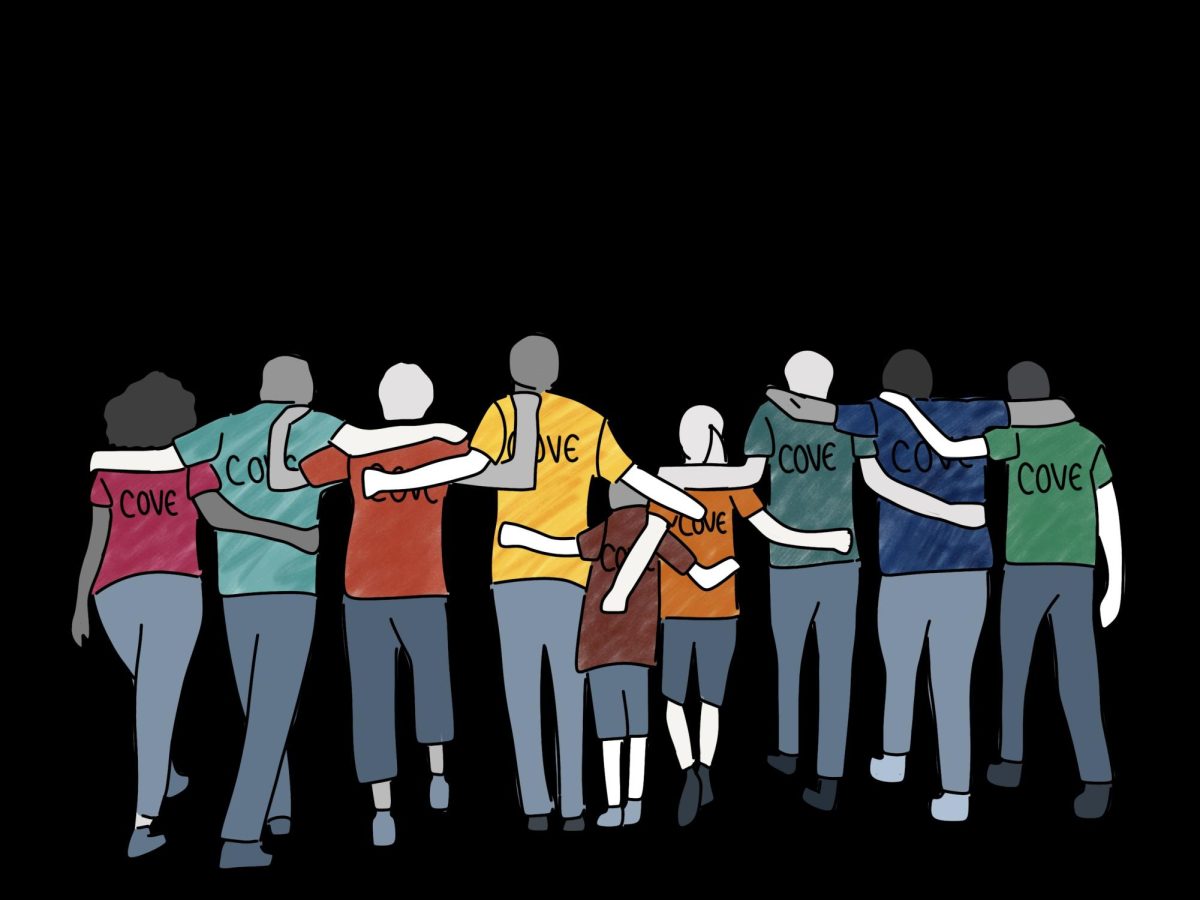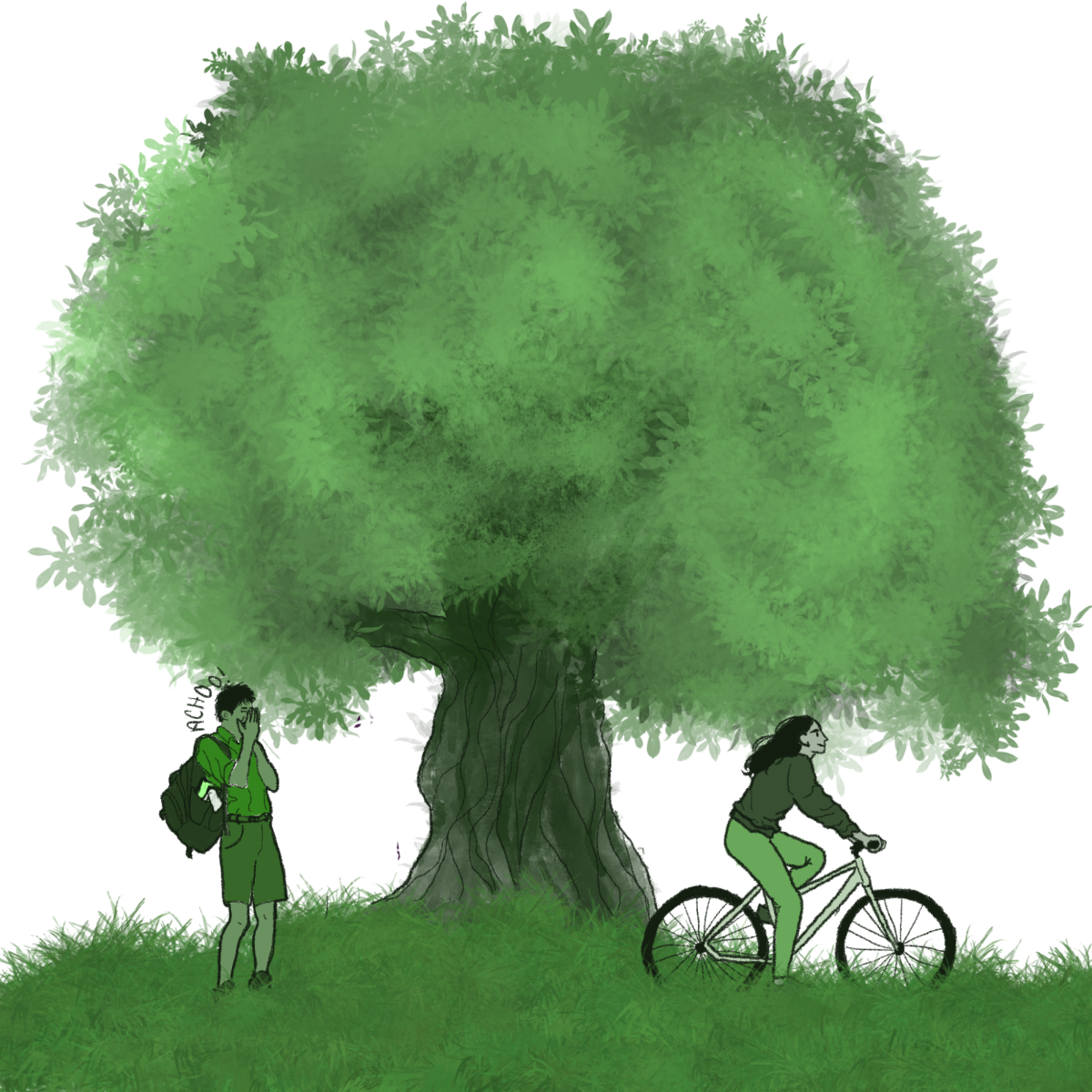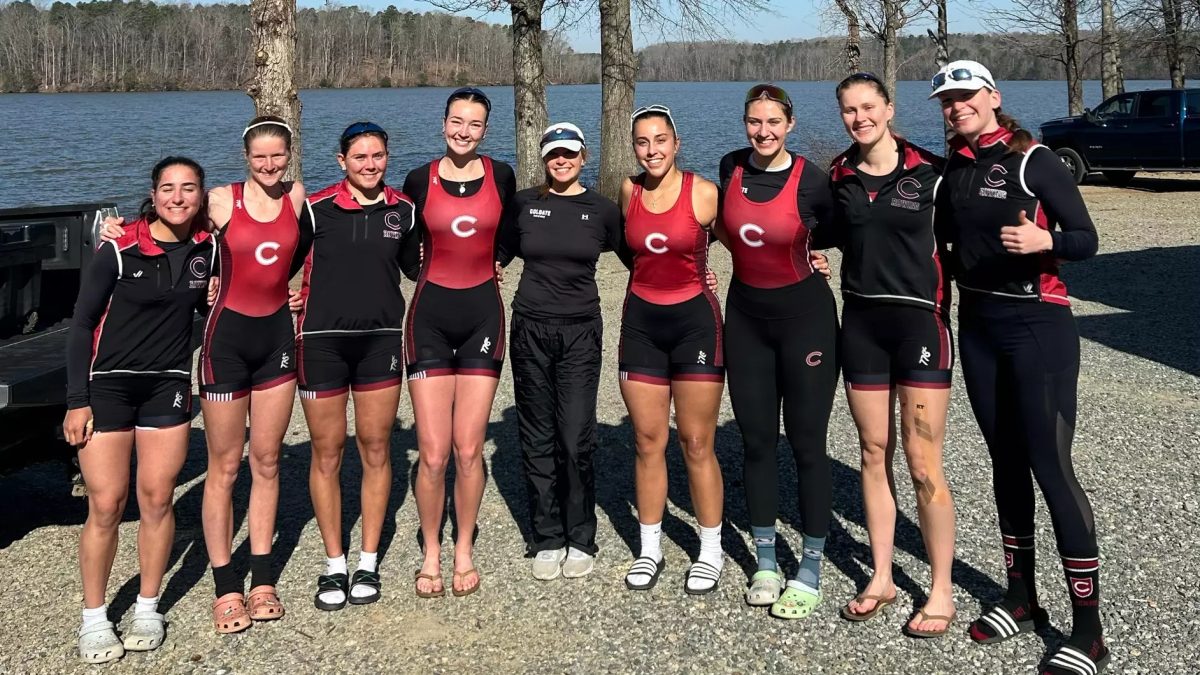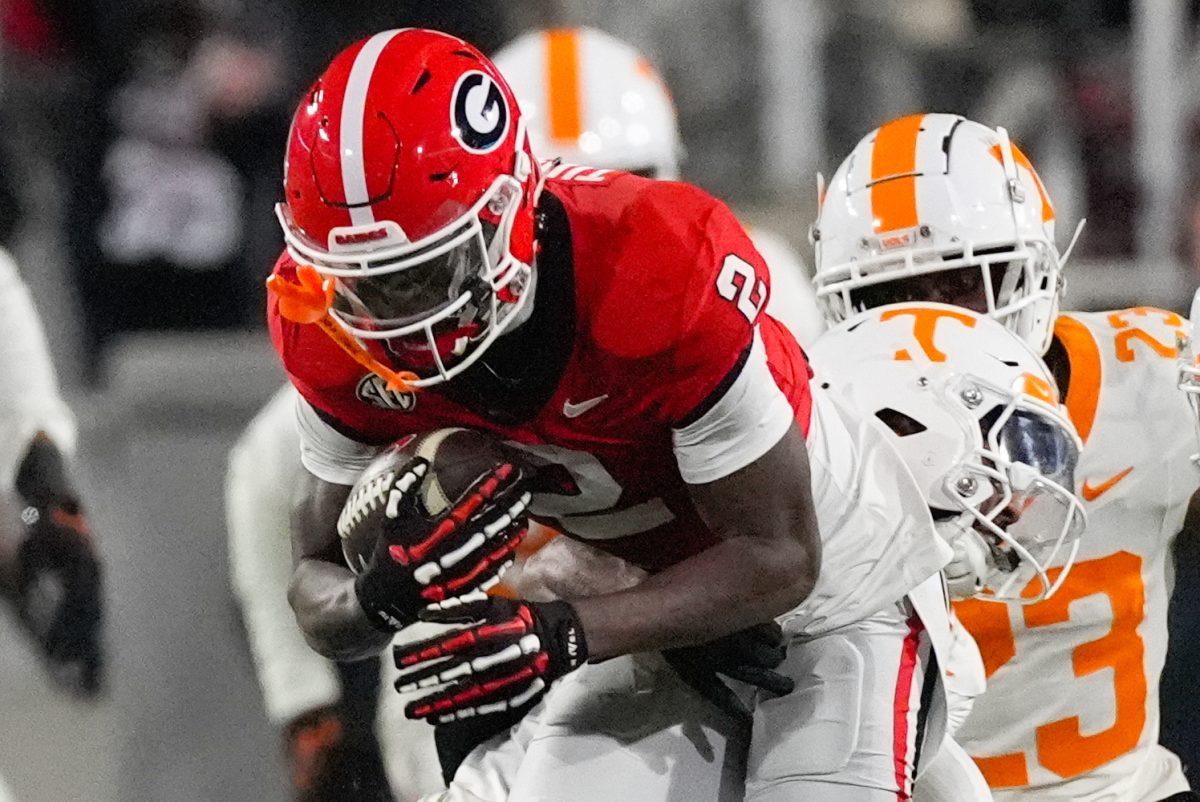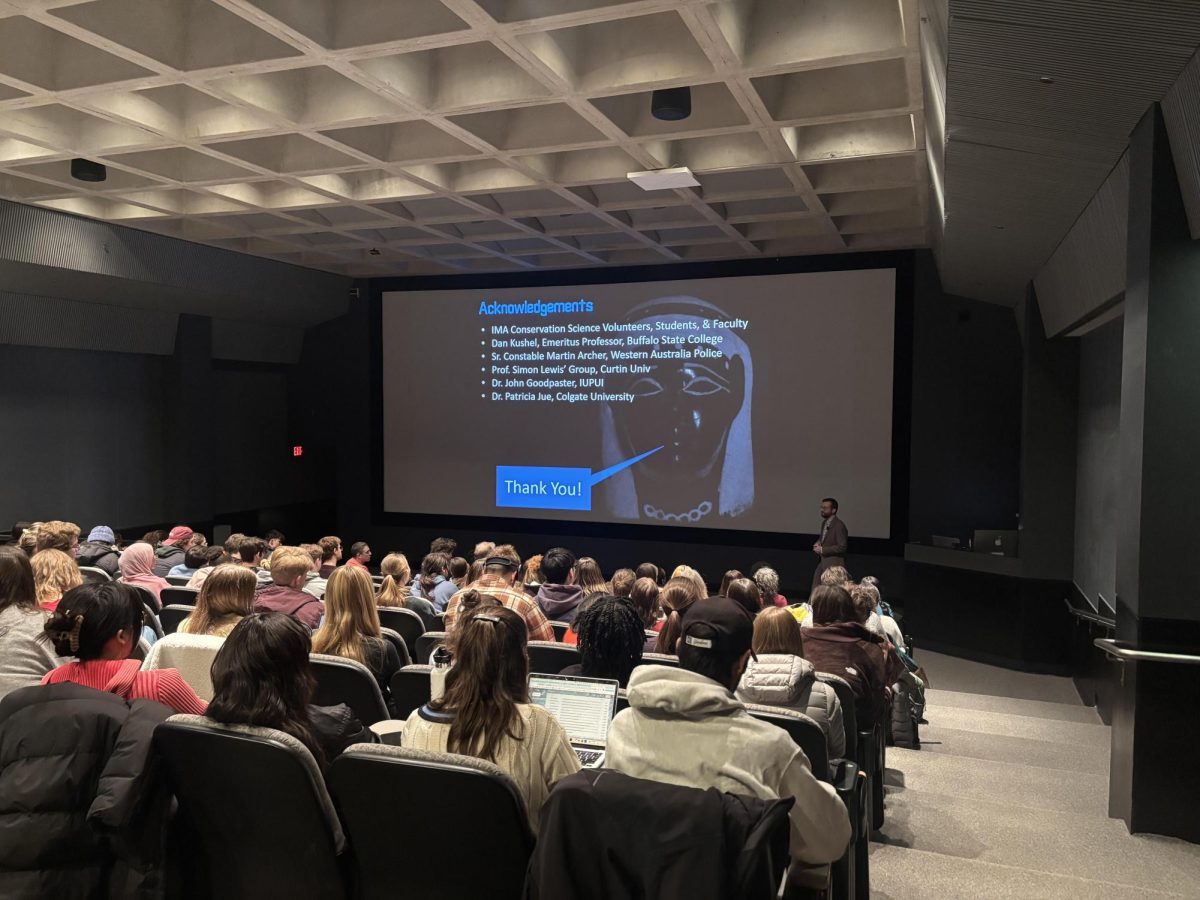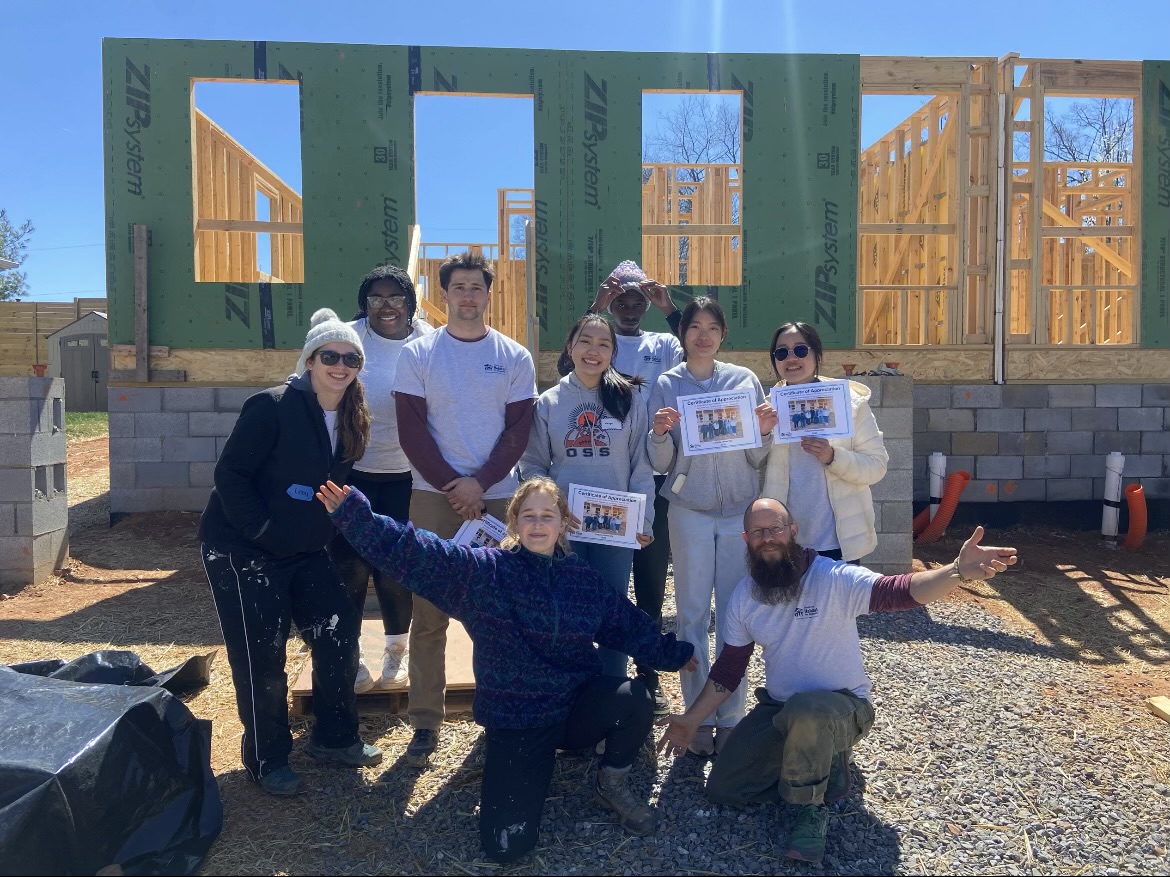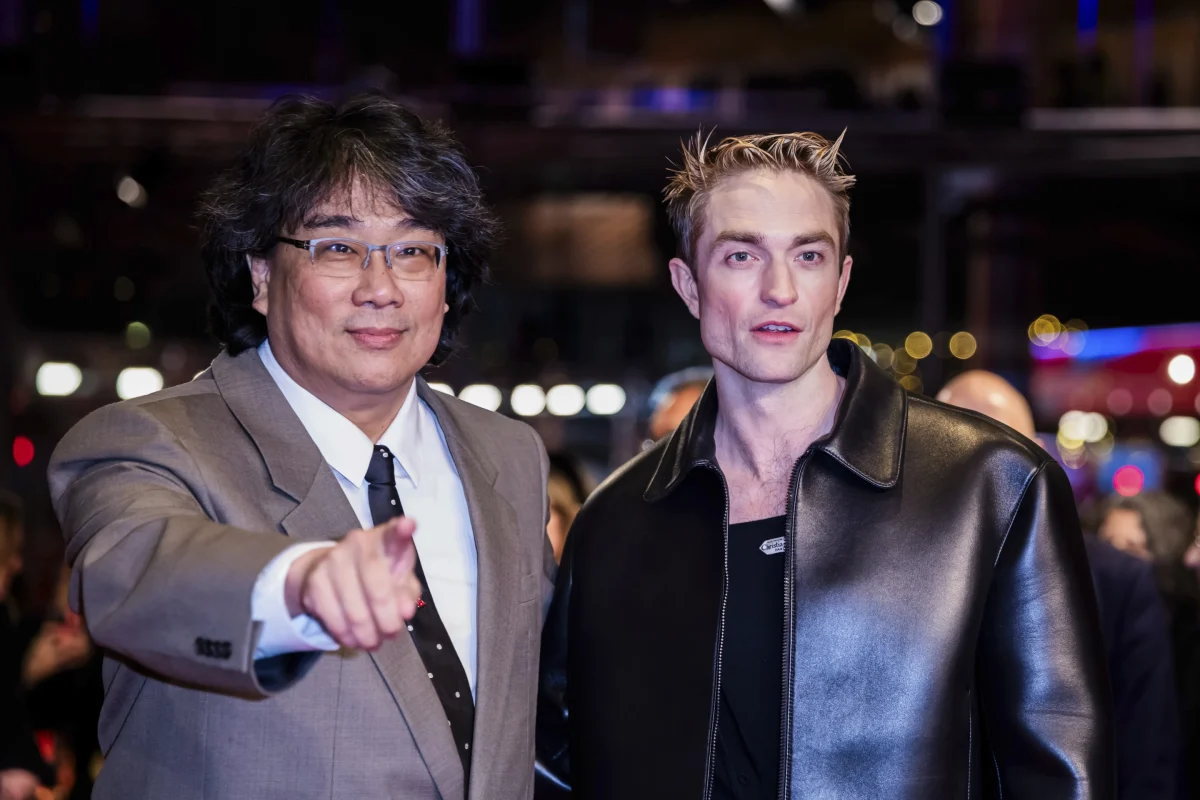An unusual phenomenon marks the end of October every year here at Colgate University. Many of us find ourselves walking around with bare limbs, protesting dropping temperatures with arms crossed over our chests. This lack of proper attire is not caused by failing to check the weather ahead of time: such is the folly of being a college student on Halloween.
Gone are the days of walking around childhood neighborhoods after school and ringing doorbells to collect candy. To celebrate Halloween as a college student is to replace treats with Halloween diets in preparation for the big night, swap pillow cases of candy for plastic cups of punch and sacrifice the comfort of a warm jacket for thin polyester as a shield against the biting cold.
Recently, a friend of mine asked me what my favorite Halloween costume was. My mind instantly travels back to 2010, marching in my elementary school costume parade dressed as Wonder Woman. What stands out to me is not the details of the costume itself, but rather how empowered I felt wearing it, even when I had to wear a jacket over my costume to trick-or-treat later that day. Today, my costume choices, albeit fun and exciting, do not evoke the same feeling of empowerment and freedom.
Shivering on the long walk down Willow Path, I wonder when our idea of what constitutes Halloween began to shift. For many, our best childhood memories come from Halloween. It brings back memories of childhood friends, the communities that raised us and our first taste of independence in walking around those familiar streets. Halloween was a time we felt we could be anyone and do anything. As adults, when we seemingly have more independence, our choices surrounding Halloween feel more constricting. On a night where we can be anyone we wish, college women choose costumes that satisfy the male gaze. It is not a question of what you want to be, but what costume will seem “sexy” to others. Given that 88 percent of women’s costumes show skin, in comparison to only 16 percent of costumes marketed towards men, and that 93 percent of women’s costumes available are tight fitting, according to Forbes, it seems as though women are being pressured by not only internal, but also external pressures to appear sexually desirable on a night where, in theory, they are allowed to dress however they please.
Worryingly, this societal pressure trickles down to costumes for young girls. One study of the sexualization of young girls by the American Psychological Association found that “there was greater variation in the types of costumes marketed to boys than in those marketed to girls and that girls’ costumes nearly always emphasized physical attractiveness.”
I wonder if young girls today feel less of the freedom and ease of Halloween that was once so familiar to us. I am not saying that costumes that show skin, are tight or emphasize attractiveness are a problem, nor are they antithetical to empowerment. Rather, my concerns come from whether women and girls are truly choosing these costumes out of their own volition or out of necessity. The costumes made available to women show that it is expected for them to dress this way on Halloween. Such rigid expectations breed a level of stress for college women in wanting to fit into these societal expectations, while treading cautiously to avoid wearing a costume that is shamed for being too risqué. Though I still look at Halloween costume selections with a sense of excitement and anticipation, I haven’t felt as empowered in a recent costume as I did in my elementary school years.
Disguised in our sexualized costumes is, in my opinion, a nostalgic longing for childhood. While these ideas may seem counterintuitive, we desire the positive associations we have with the holiday and grapple for a way to celebrate the same way as adults: to separate the sense of community and memories from the act of trick-or-treating — an act only appropriate for children to engage in. Like we do our favorite Halloween candy, we crave the sense of wonder and freedom found in Halloween celebrations in the past.
Halloween represents a fleeting night of freedom we so often chase as college students — an opportunity to forgo the stress and bustle of everyday life and take on the persona of a stranger. But perhaps we can celebrate this Halloween with not only parties, but also a favorite Halloween movie, some candy and time to reflect on childhood memories. And do your mom a favor and throw a jacket over your costume on Halloween night, if you choose to wear one. Celebrating Halloween as a college student can be less focused on appearances and instead taken as a time to engage in community and traditions.



